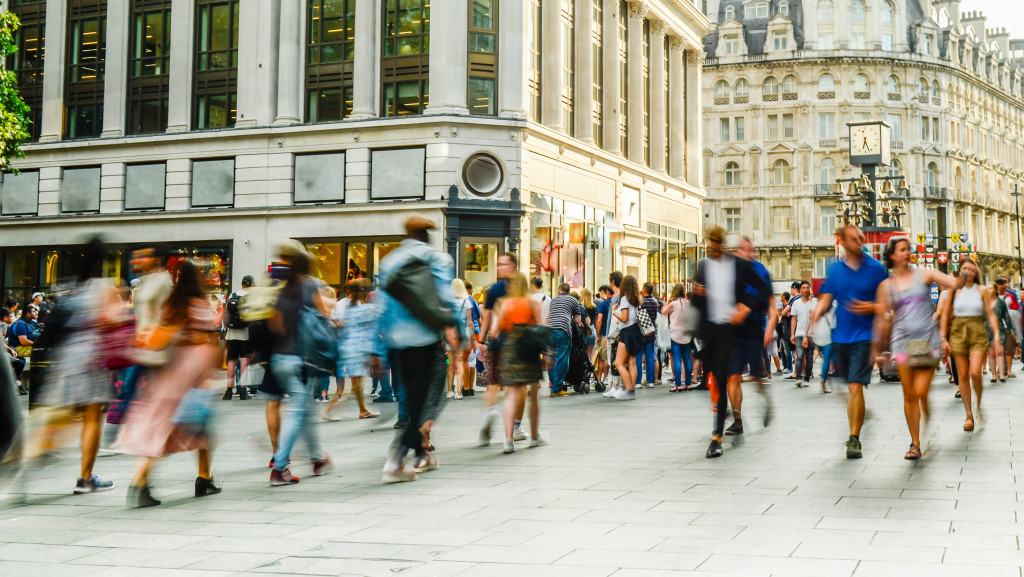- Retail stores have sold around $5 trillion since the pandemic, but e-commerce continues to rise due to sustainability concerns.
- Traditional retailers face high overhead costs and carbon footprint from energy consumption and product shipping.
- Consumers are more likely to shop online for convenience, better prices, and eco-friendly products.
- E-commerce businesses could operate during the pandemic and reach customers worldwide.
- Businesses can make their retail stores more sustainable through eco-friendly packaging, renewable energy sources, and reducing food waste.
There’s no denying that retail stores are a popular option for businesses worldwide. From small shops to big brands, retailers have been crucial for the economic growth of many countries. However, with the rise of e-commerce and increasing environmental concerns, retail stores have struggled to keep up.
Retail Stores Sales Today
Retail stores have sold around $5 trillion since the pandemic. That may be a lot of sales over time, but this is still a fraction of the potential retail stores have. One of the growing reasons is because of sustainability concerns. Here are some reasons why retail stores aren’t sustainable and why businesses must rethink their strategies.
High Overhead Costs
Retailers’ biggest challenges are rent, utilities, and labor costs. Retail spaces in prime locations are premium, affecting a business’s profit margin. Additionally, the cost of hiring and training staff can also be a significant expense. With e-commerce, businesses can avoid these costs and operate out of a warehouse or distribution center, which is often more cost-effective.

High Carbon Footprint
Retail stores have a high carbon footprint due to their reliance on electricity, heating, and cooling systems. The energy consumption of a retail store is usually high, which translates to a significant carbon footprint. The packaging and shipping of products to retail stores also contribute to the carbon footprint. E-commerce businesses have started to focus on sustainability by using renewable energy, eco-friendly packaging, and reducing emissions from delivery vehicles.
Changing Consumer Behavior
With the rise of e-commerce, consumers have also changed their shopping behavior. They are now more inclined to shop online due to convenience, better prices, and a wider variety of products. Today’s consumers are more aware of environmental issues and look for businesses that align with their values. E-commerce businesses focusing on sustainability can attract customers who want to shop with a conscience.
Limited Customer Reach
Retail stores are only accessible to customers who can physically visit the store. This limits the customer reach and potential sales for businesses. E-commerce businesses, on the other hand, can reach customers globally, enabling businesses to expand their customer base without the need for additional stores.
The Impact of COVID-19
The pandemic has accelerated the shift towards e-commerce, with many businesses pivoting towards online sales. The closure of retail stores during lockdowns has highlighted the need for businesses to be adaptable and agile. E-commerce businesses were able to continue operating and even thrive during the pandemic, highlighting the potential of online sales.
How to Make Your Retail Store More Sustainable
Thankfully, there are steps businesses can take to reduce the environmental impact of their retail stores. Here are some strategies businesses can use to make their stores more sustainable:

Change Your Packaging
It’s essential that the packaging you use both for transportation and in-store is recyclable. You can use eco-friendly materials such as cardboard and paper instead of plastic.
You can also look for sustainable custom cardboard boxes, so you don’t have to use more than necessary for each product. The best part is that by using these kinds of cardboard boxes, you can customize the size of your packaging, increasing how much a box can carry and making the transportation process more efficient.
Invest in Renewable Energy Sources
Look for renewable energy sources like solar and wind power to reduce your carbon footprint and reliance on traditional energy sources. You can also look into LEED certification for your store to ensure that it is eco-friendly.
Reduce Food Waste
Many stores have a food section, and reducing food waste generated by these products is essential. Ensure you use fresh produce and work with local farmers or suppliers who prioritize sustainability.
These are just some ways businesses can make their retail stores more sustainable. Businesses can take a step towards creating a greener future by making small changes.
By changing their retail stores, businesses can reduce costs and create a more sustainable model to benefit the environment and customers. Consumers increasingly seek eco-friendly options, so businesses must adapt to meet these needs and stay competitive. By doing so, they can ensure that their retail stores remain profitable and thrive in the long run.

